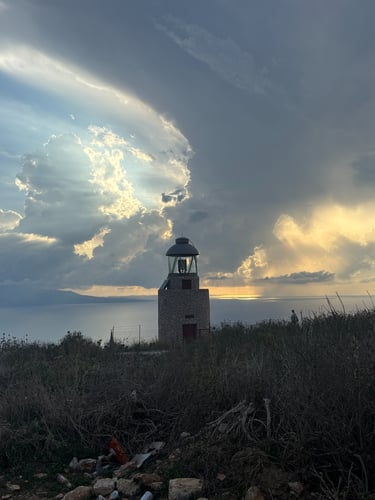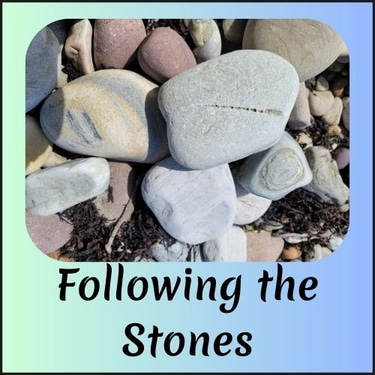The Phases of Slow Travel
Have you ever wondered what it would take to slow travel? Here are the most commonly defined phases.
TRAVEL
10/2/20253 min read


I. Research: Whether you watch hours of YouTube, spend days on Google, or simply hire a travel agent, research takes the most amount of time when planning your travel. From choosing locations and housing to choosing activities, travelers can choose just how deep into the weeds they want to go.
II. Travel Day(s): Getting to the destination takes time and we choose to embrace it instead of friction against it. Slow travel allows us to relax on the travel day(s). We’ve learned to make it part of the journey. Because we arrive at the train station or airport early, we eliminate the stress of being late.
Are we at the right gate? Check, double check!
Is the plane or train on time? Check, double check!
Are customs taking longer than normal? That’s ok, we have plenty of time today.
Slow travel allows us to eliminate the frenetic pace of the travel day, which can be stressful just in the nature of security and schedules. Additionally, we don’t book excursions on the first day or two after a travel day just in case there are unexpected delays.
III. The Systematic Landing: With excitement we arrive at our new “home” and take photos of it. Then we begin to set up our individual systems in the new place.
Do we have drawers or hangers for clothes? Neither? I guess we use the suitcase method.
Where will we set up the electronic station for our laptops and phones?
Where will we put our personal groceries? Some kitchens have all the cupboards filled.
We won’t be using the pressure canner or roasting pan, so let’s push them off to a different cupboard.
Move the mop bucket out of the shower and see how many towels we have.
Will our toiletries hang or sit on the washer this month?
How does the furniture placement work for us? Do we need to move a table or laundry bin?
Making the new house OUR home for the month is very important. By organizing similar systems in every home ensures that we keep the home clean, we don’t lose personal items, and we feel at home everywhere we go.
IV. Neighborhood Exploration: Depending upon the size of the town or city, this can take several days. Starting on day one we look for the nearest grocery store to buy the basics which may not be provided by our new host (toilet paper, hand soap, aluminum foil, kitchen sponge, and food). Over the next few days, we identify things like hospitals, pharmacies, museums, the promenade, and the piazzas. We look at traffic patterns around the apartment to see where the bus stops are located too.
V. Living and Playing: With systems in place and a brief understanding of our home and neighborhood, we can settle into the fun. We prefer to combine costly fun with free fun as we learn about our new location. One of our favorite free activities is just walking and observing the houses, businesses, scenery, and people. We enjoy discovering old ruins and architecture or going to museums. Sometimes we rent scooters, mopeds, or cars to go beyond our small neighborhood. Slow living involves going out to play and staying in to write on our BLOG or play board games with each other.
VI. Clean-up/pack up: As we near the end of our stay, we begin gathering our personal belongings into smaller piles. We restore the house to its previous state if we moved furniture or kitchen items. Packing things back into our suitcase and backpack, we wonder how all this crap fit in it the day we arrived as we lay across the case to zip it closed. Each of us checks and re-checks under the bed and in drawers. We double check the showers for personal products and try to look at all the outlets for our adapters. Finally, we wipe down the kitchen counters, take out the trash and put the dirty linens in a pile before closing the door to the home one last time.
Repeat: Since we chose to embark on this long travel journey, we begin the process all over again…
Slow travel is a form of tourism which lends itself to weeks in a destination instead of days in a destination. It lets you embrace the culture and community of a location instead of running through the checklist of must-see sites. Though we spend less time in some locations, we establish a home in our 28-30-day locations. Here are the phases of slow-travel adventure.
~ Are you ready to slow~travel? ~
